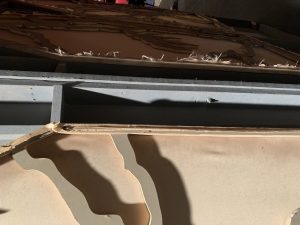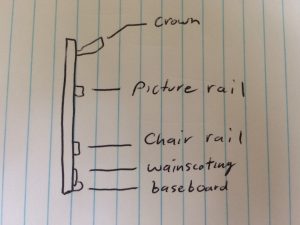BEFORE beginning any kind of project you must remember the 5 P’s
Prior Planning Prevents Poor Performance
Think about the whole project before you starting doing anything and ask yourself these questions
What are you building?
What materials will you be using?
What tools do you need?
Do you need to make any miter cuts?
How many are you building?
Be sure to check the drawings and spot out anything that may not be clear to you, also take the time to read all notes and make you you understand whats being asked of you.
Drop saw
Used to make accurate cross cuts
And miter cuts
Miter and trim
Fast and precise cuts
Faster than circular
Small and portable
Material would be held within the fence
Miter index (shows angles)
Some models have a laser guide
Have self retracting blade guard
Dust bag
24 in size of the fence
Low chance of wood being able to kick back
Wear safety googles wood chips prone to flying everywhere
600-800 dollars
bosch brand
Check reviews
Made of metal for durability
Minimum specifications
45 degree angles in both directions
Be able to cut 3 1/2 inches (higher the better)
Fences should be adjustable
Make sure there is holes for accessories
Replacement parts (depends on manufactures) the better the name brand the more likely to get replacement parts for the saw
Circular saw
Circ saw
There is a guard on top
Swivel guard on the bottom of the blade
As you move forward the guard will move to allow you to cut whatever you are cutting
Depends on the type of blade to cut wood or metal
There is also a gas powered one used for subway maintenance work
7 1/4 maximun
5 1/2 inched smallest
When purchasing make sure you have a guide
Can be used for angle cuts
Cutting custom sheet goods.
Not recommended to stack pieces together when cutting , one at a time
When finishing a job be sure to pull out and let the blade stop spinning and also let the guard slide back to place.
Don’t leave it to plugged in and un-attended
Must wear safety goggles, ear protection
Direct drive circular saw
Blade is connected to the motor
Can be left or right side
Worm drive saws are more expensive since there is more moving parts
Cost around 75-100 dollars
Higher end are much more







